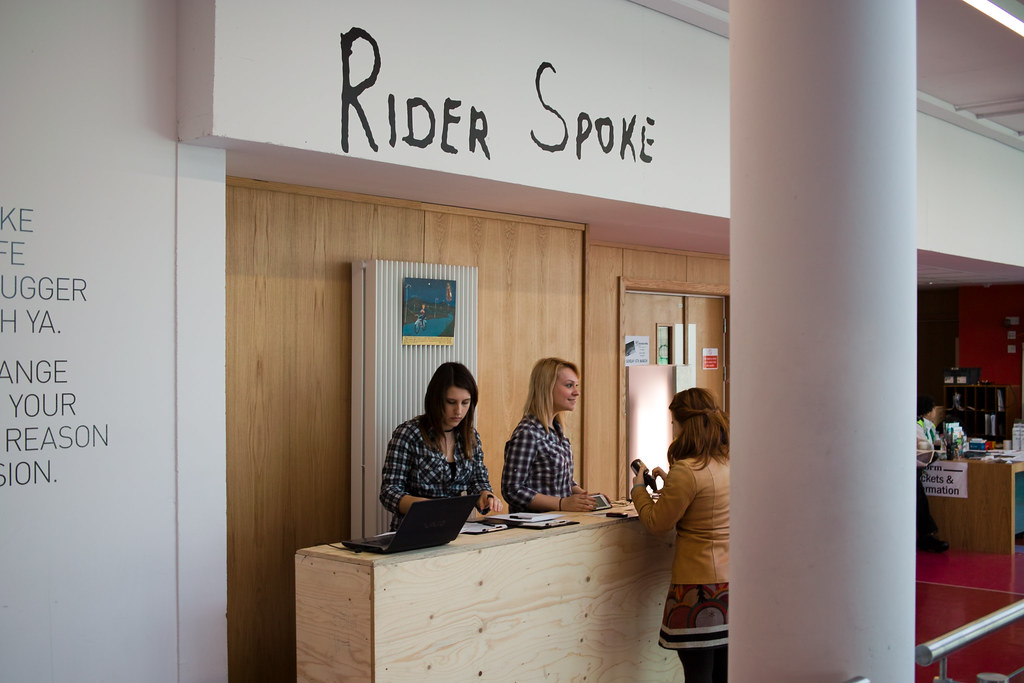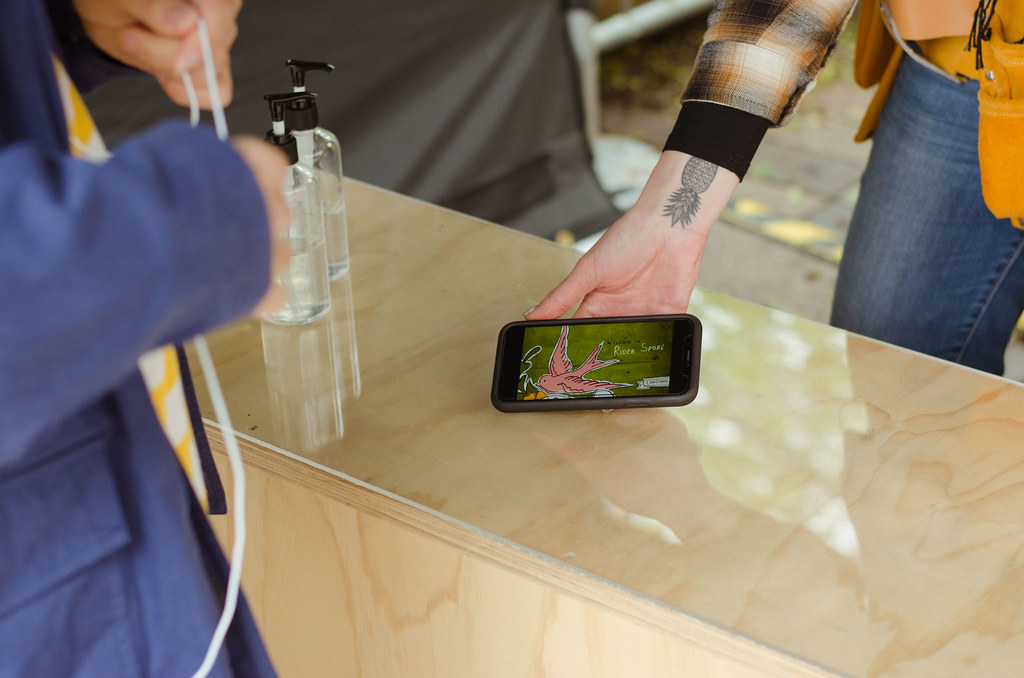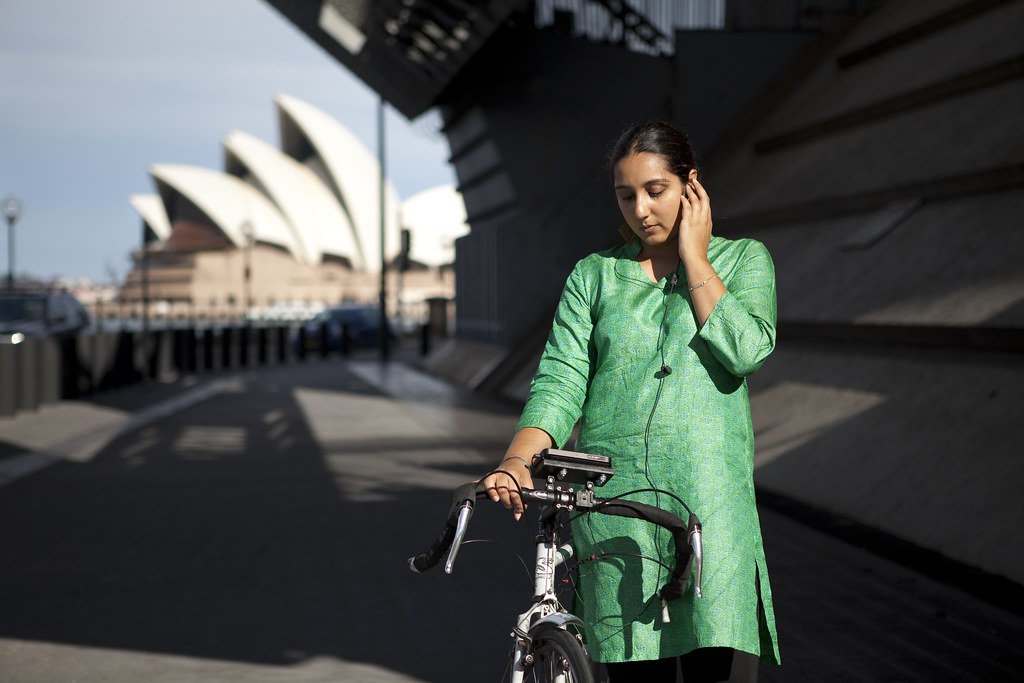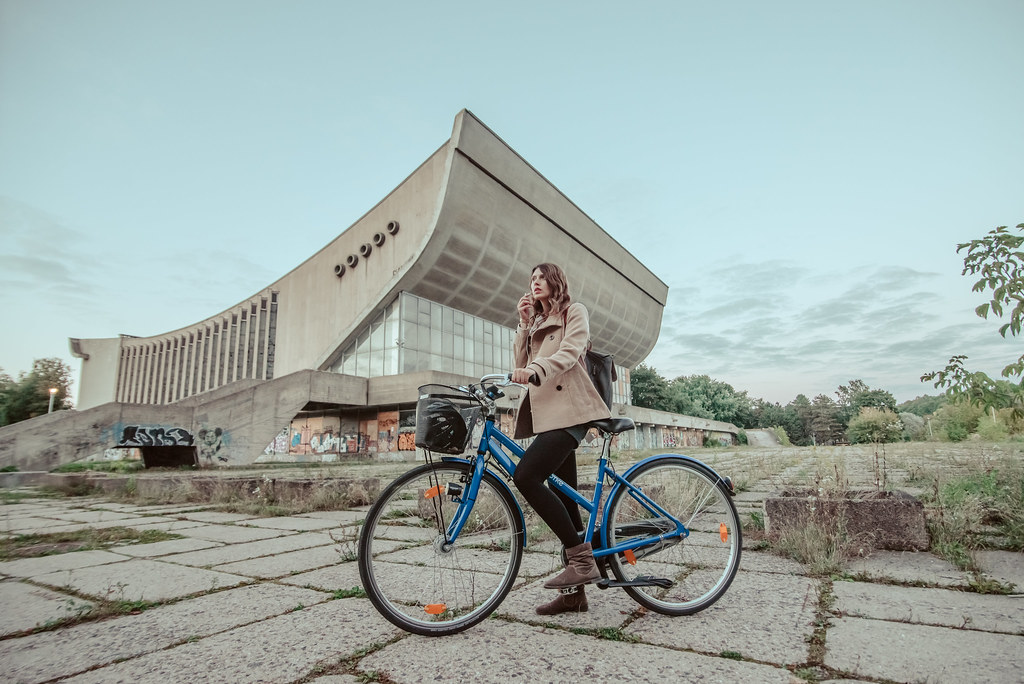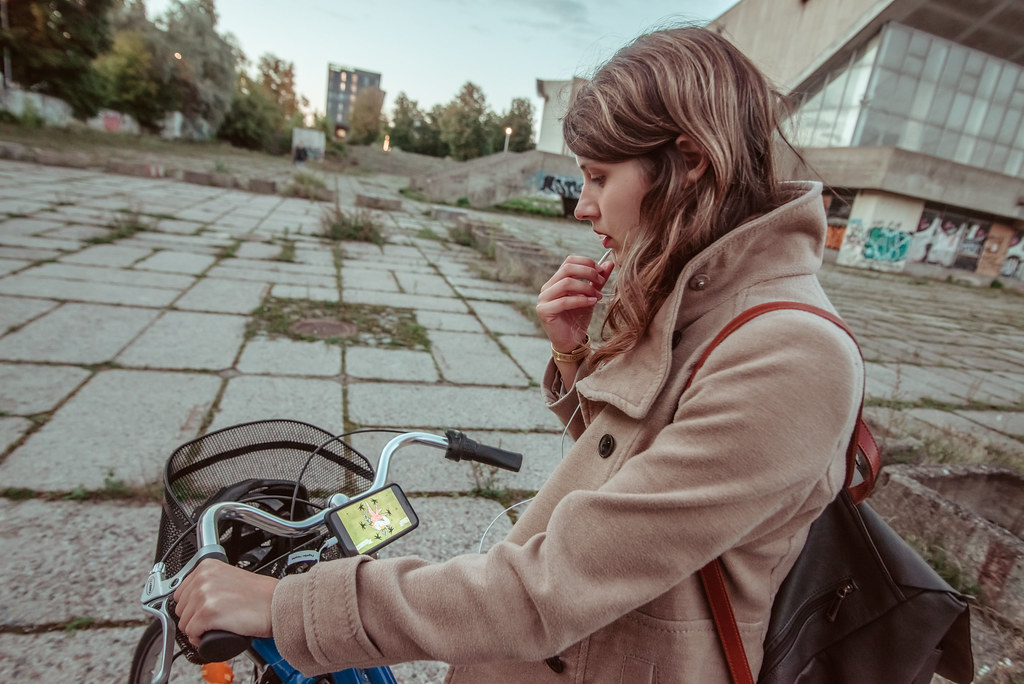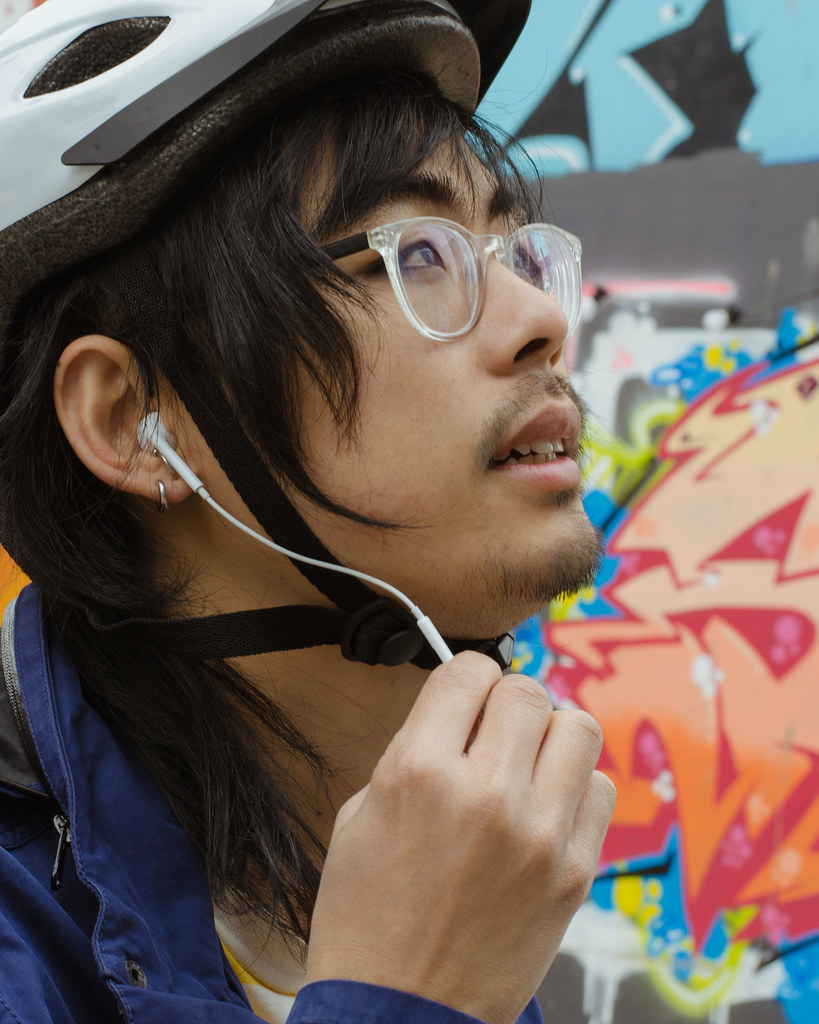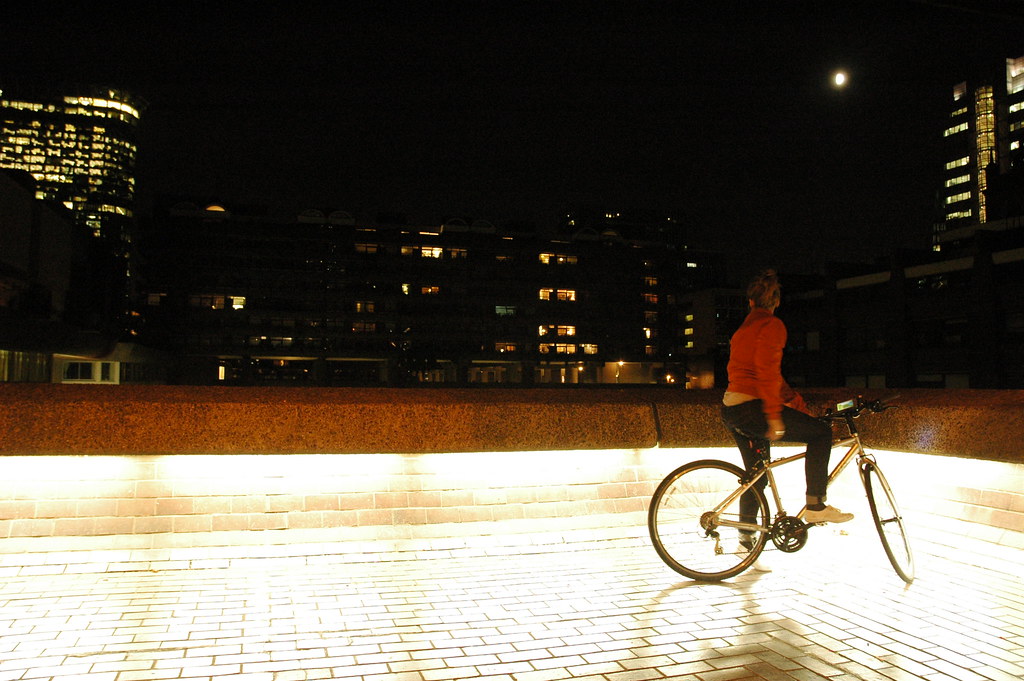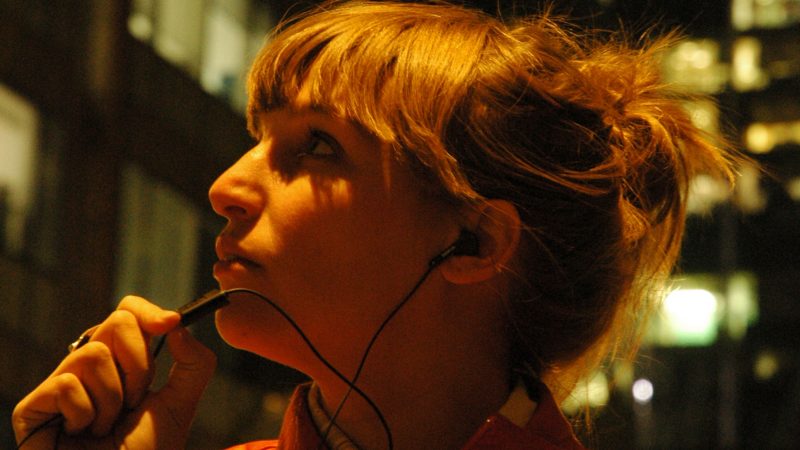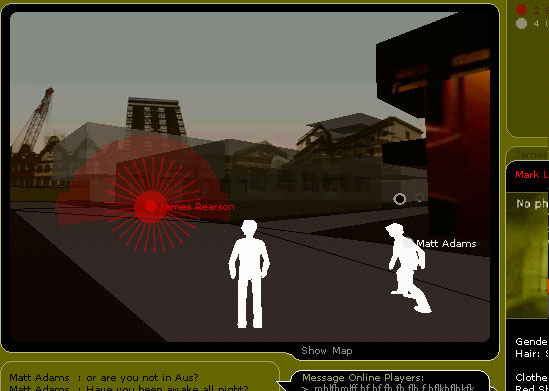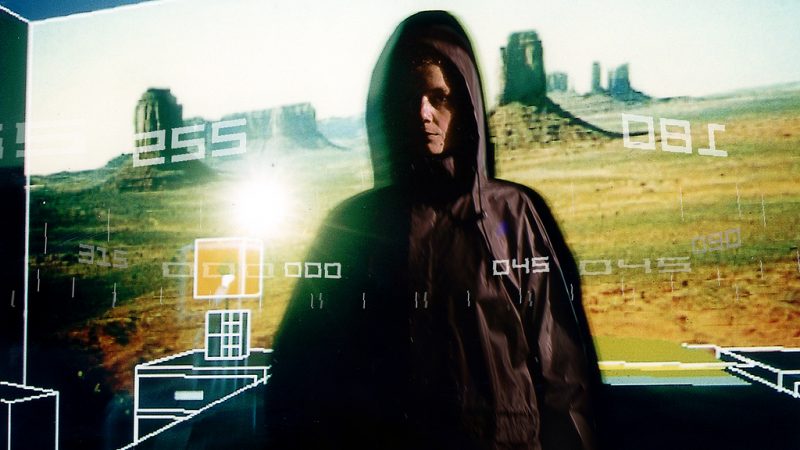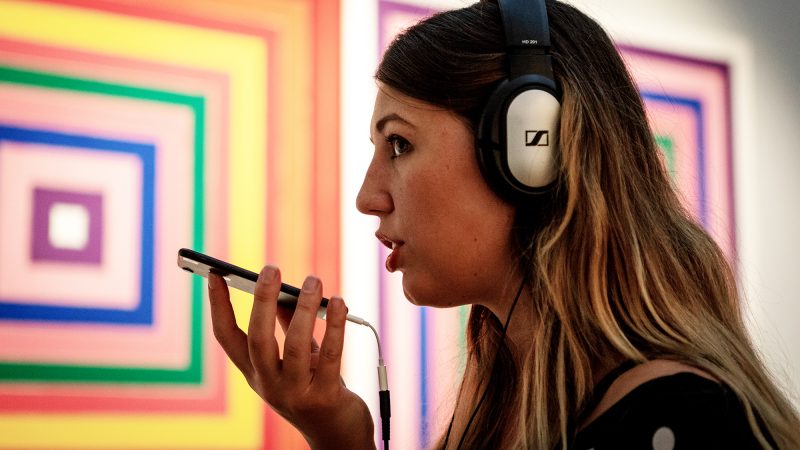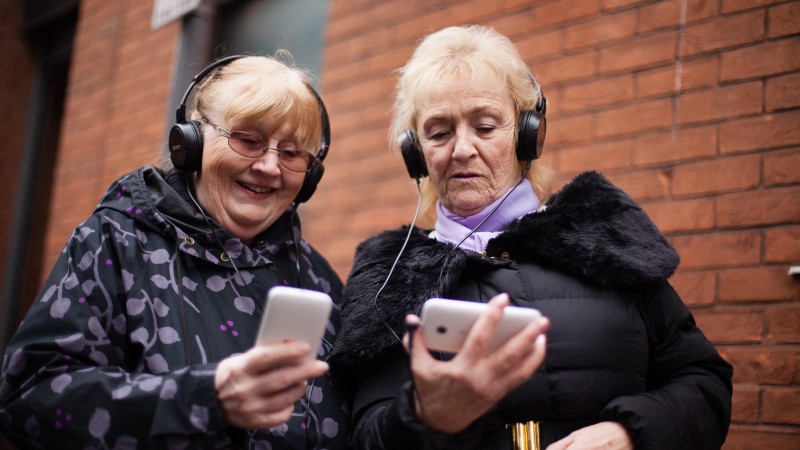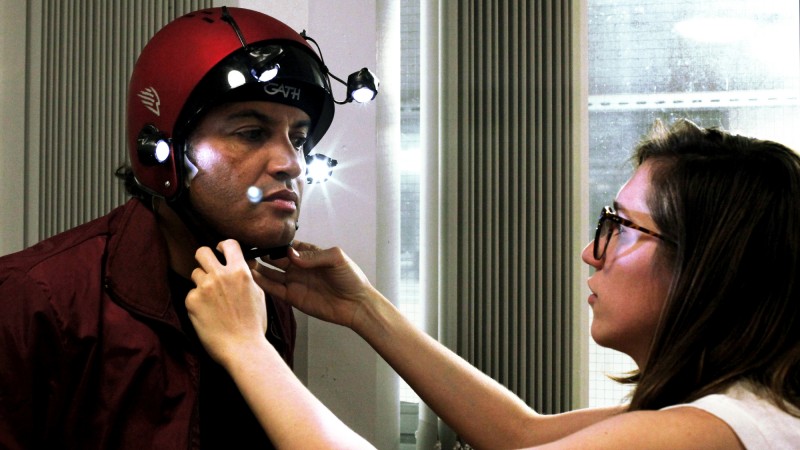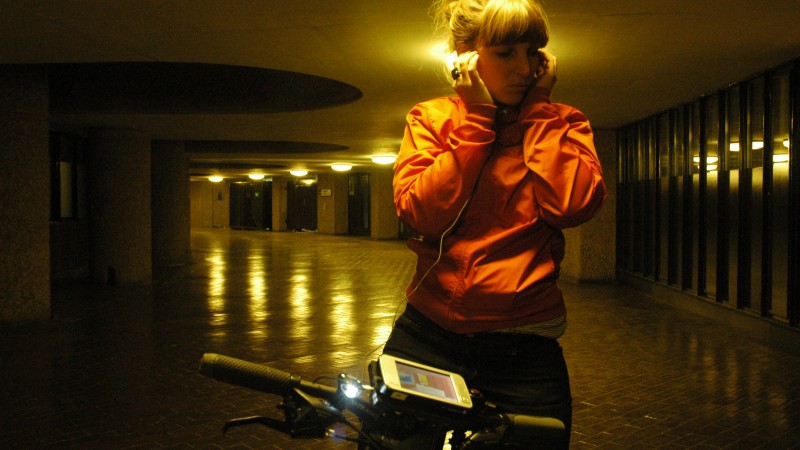Rider Spoke invites you to cycle through the streets of the city alone with a smartphone on your handlebars and a voice in your ear. You're asked questions about your life, searching for a place to hide your answer to each one. As you cycle, you get to choose - answer another question, or look for the hiding places of others and hear what strangers have to say?
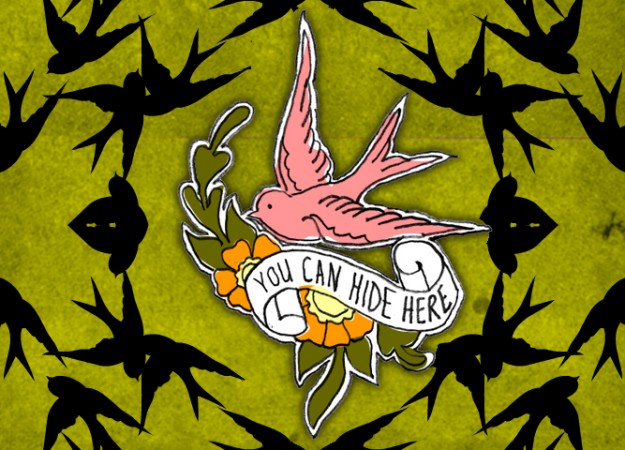
Rider Spoke continues our fascination with how games and new communication technologies create novel social spaces where the private and the public intertwine.
To cycle alone, in the evening, with no particular destination offers a rare freedom. In Rider Spoke this is combined with an opportunity to think about the people in your life and to share them with strangers who you will never meet. Guided by Ju Row Farr’s narration and a delicate score by Blanket, you can lose yourself for a while.
“As soon as it was over, I wanted more. We are truly fortunate in this century, in the wired and anonymous city, to have rediscovered aboriginal notions of songlines and dreamtime, to explore with the aid of mobile technology a new form of strangely low-tech play. Rider Spoke was magical…” William Wiles (Icon magazine)
With a smartphone mounted to your handlebars, you head out on your ride. One earphone in, one ear tuned to the world around you, the voice in the app asks you one question at a time. The questions start gently, but grow more personal. When you choose to answer, you find the perfect place to make your recording – alone, in an out of the way spot, you reflect on your life. Your recording stays in that spot for other riders to find later.
You can also choose to look for the hiding places of others. Cycling as you search, the app shows you names of other riders and the questions they have answered nearby. You stop your bike in the hiding place of the person you’ve chosen, and listen. The recordings are only available in this context: played to you, alone, in the place where they were recorded.
As you roll through the streets your focus is outward, looking for good places to hide, speculating about the hiding places of others, becoming completely immersed into this overlaid world as the voices of strangers draw you into a new and unknown place.
The streets may be familiar but you’ve given yourself up to the pleasure of being lost.
Artists’ Note
Blast Theory, 2007
The design for the app uses imagery drawn from Mexican votive painting, sailor tattoos and heraldry: swallows flutter across the screen to show available hiding places, prefab houses indicate places where others have hidden. Votive paintings express gratitude (or sometimes a request) to a saint. Tattoos and heraldry are both badges of identity; early tattoos were hard won symbols of belonging, often indicating an achievement for a sailor. Sometimes they showed how far you had sailed. Sometimes they were expressions of hope for a safe return from a voyage. This combination of styles reflects Rider Spoke’s themes of travel, reflection, personal expression and hidden messages.
Rider Spoke explores where theatre may be sited and what form it may take. It invites the players to be co-authors of the piece and a visible manifestation of it as they cycle through the city. It is precisely dependent on its local context and invites the audience to explore that context for its emotional and intellectual resonances.
Rider Spoke was first shown at the Barbican in London in October 2007 and has subsequently been presented in Adelaide, Athens, Brighton, Bristol, Budapest, Cambridge, Copenhagen, Edinburgh, Falmouth, Newbury, Norwich, Kupio, Leeds, Linz, Liverpool, Madrid, Sydney and Terni.
Rider Spoke was developed in collaboration with the Mixed Reality Lab at University of Nottingham, Sony Net Services and the Fraunhofer Institute as part of the European research project IPerG (Integrated Project on Pervasive Gaming).

